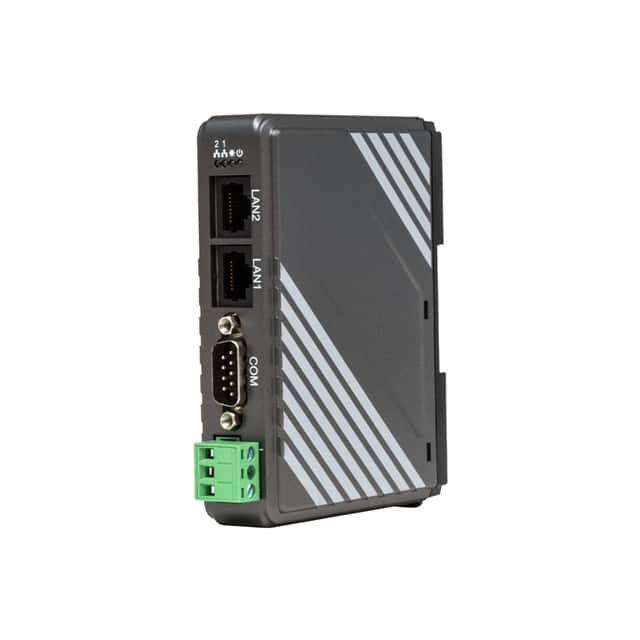
Maple Systems
Maple Systems is a leading provider of industrial control solutions, offering a range of products and services to meet the needs of various industries. Founded in 1983, Maple Systems has established itself as a trusted partner in the industrial automation market. Their products include industrial HMIs, operator interface terminals, and programmable logic controllers (PLCs). Maple Systems' industrial HMIs are designed with an intuitive interface that allows operators to interact with machinery and systems efficiently. They offer a range of sizes, from 4.3" up to 15", and their displays feature high resolution and clarity. Additionally, their HMI software is user-friendly and customizable, allowing operators to tailor it to their specific needs. Their operator interface terminals provide a cost-effective solution for industrial applications. These terminals are compact, durable, and easy to install, making them ideal for space-limited environments. Maple Systems offers a variety of sizes, ranging from 4.3" to 10.1", and their displays feature high brightness and contrast. Maple Systems' PLCs are designed for reliable performance in harsh industrial environments. They offer a range of models with varying capabilities, from small-scale applications to complex, multi-axis control systems. Their PLCs are user-friendly and feature a robust programming environment, allowing for efficient development and deployment. In summary, Maple Systems is a reputable provider of industrial control solutions, offering a range of products and services to meet the needs of various industries. Their products feature intuitive interfaces, flexibility, and reliability, making them a preferred choice for industrial automation applications. With a focus on quality, innovation, and customer satisfaction, Maple Systems remains a trusted partner in the industrial automation market.
Gateways, Routers
Results:
2
Series
Function
Sensitivity
Applications
Data Rate (Max)
Frequency
Features
Interface
Power - Output
Modulation or Protocol
Results remaining:2
Applied Filters:
Maple Systems
About Gateways, Routers
In computer networking, a gateway is a node that serves as an intermediary between two or more networks. It acts as a key stopping point for data transmission on its way to and from other networks, enabling communication between devices on different networks. Gateways play a crucial role in regulating traffic between dissimilar networks, ensuring that data packets are delivered to their intended destination. They often act as proxy servers, which means they can serve as an intermediary between clients and servers. Proxy servers help to improve network security by filtering out unwanted traffic and preventing unauthorized access to sensitive data. Additionally, gateways commonly function as firewalls, which protect networks from unauthorized access and prevent malicious attacks. They use various techniques such as packet filtering and network address translation (NAT) to ensure that only authorized traffic is allowed through. Gateways are selected based on several criteria such as specific function, modulation or protocol, operational frequency, data rate, power output, and interface. For instance, a gateway designed for wireless networks will have different specifications than one designed for wired networks. Similarly, gateways used in industrial environments will have different requirements than those used in residential settings. Overall, gateways are essential components of modern computer networks, enabling communication between devices on different networks and providing critical security features. They are selected based on various criteria to suit specific applications and ensure optimal performance and reliability.


